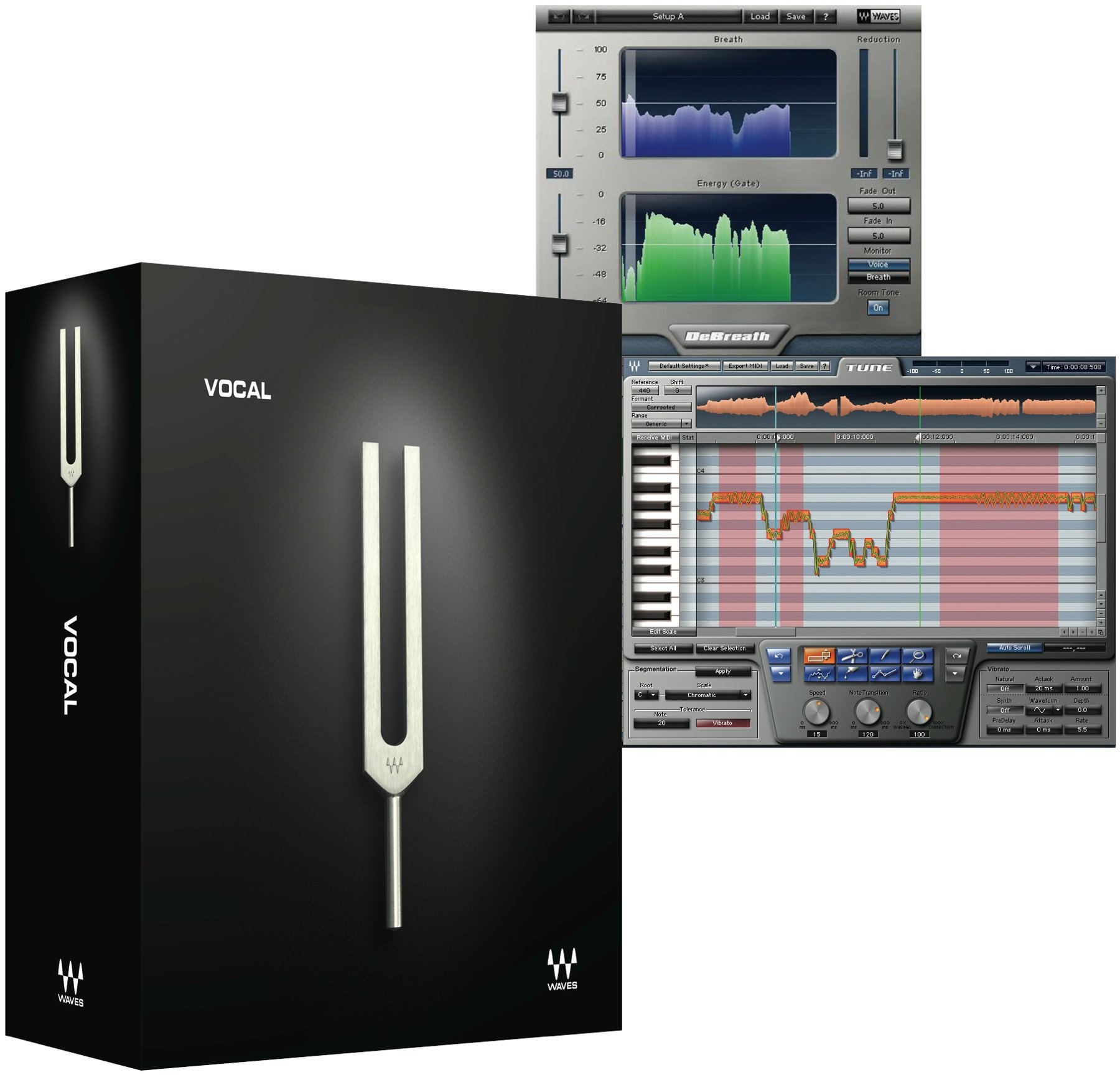Free Waves Renaissance Maxx Native Bundle Download 2016 And Software
The trend among plug-in designers is to integrate commonly used processes such as EQ and compression into a single plug-in. It saves on insert slots, but do channel strips offer any other benefits, and which ones stand out from the crowd? There has been a mild explosion of channel strip plug-ins in the Pro Tools universe recently, so I thought it would be good to take a look at what makes them tick.
Waves Renaissance Maxx Bundle. Waves Diamond Bundle Software Aax Audio Effect Plugins + Ableton Live 10 Lite. Waves Horizon Bundle Tdm And Native 60+ Plug-ins.
Do they offer anything you couldn't get by using separate EQ and compressor plug-ins, or are they just a clever marketing trick to get us to buy more plug-ins? And which ones shine from the bunch? The most obvious reason for using channel strip plug-ins is to free up insert points. There is a brick-wall limit of five insert points on each track in Pro Tools, and you can quite quickly fill them up with routine plug-ins. For example, on a vocal track you might have an EQ followed by a pitch-correction plug-in, compressor, de-esser and reverb or delay. If you then wanted to add, say, a treble enhancer or an ADT effect, you'd find all your plug-in slots already used up. A channel strip plug-in that combined at least some of these functions would free up some insert points.
Another potential advantage is that having one plug-in window covering all the channel strip functions would help to simplify and streamline our workflow, compared with having five plug-in windows open simultaneously to manage and make adjustments on all these separate plug-ins. Different manufacturers incorporate different features into their channel strip plug-ins, but for the purposes of this article, a plug-in must have at least an EQ and a dynamics section to be considered a channel strip. We have 11 channel strip plug-ins under test here, and the table above (click to enlarge) lists the details of exactly what each plug-in includes, along with my comments on each one and measurements of the system resources they require. The test for how many would fit on an HD DSP chip was reasonably easy.
With the System Usage window open and on Gas Gauge, I just added instances of a particular plug-in until they filled a chip. However, measuring the processor use of the RTAS versions was a little trickier. In the end I had the Mac OS Activity Monitor window open and noted the increase in percentage processor use when I added 32 instances of a particular plug-in, the idea being to simulate a situation where one channel strip plug-in was used on every track of a 32-track session. I was able to achieve figures in excess of 100 percent because my system is based on a dual 1.42GHz G4 mirror door Mac, making my ceiling 200 percent. The figure for internal bit depth shows what the internal headroom of each plug-in will be like, where that information is available: some manufacturers have not published information on this. Google docs.

Remember that you still need to watch your level architecture even with double-precision plug-ins, as although the plug-in may be able to handle the extra level, you may experience headroom problems once it gets out. To test each plug-in's sound quality, functionality and ease of use I took an existing vocal track which already had all five insert points in use. I then used each channel strip plug-in in turn and tried to replace at least the EQ and compressor in such a way that I could reproduce the same sound, or even maybe improve on it. The vocal in question has a wide dynamic range that will test the compressor sections well, and the original sound needed warming and brightening, hence the requirement for EQ.